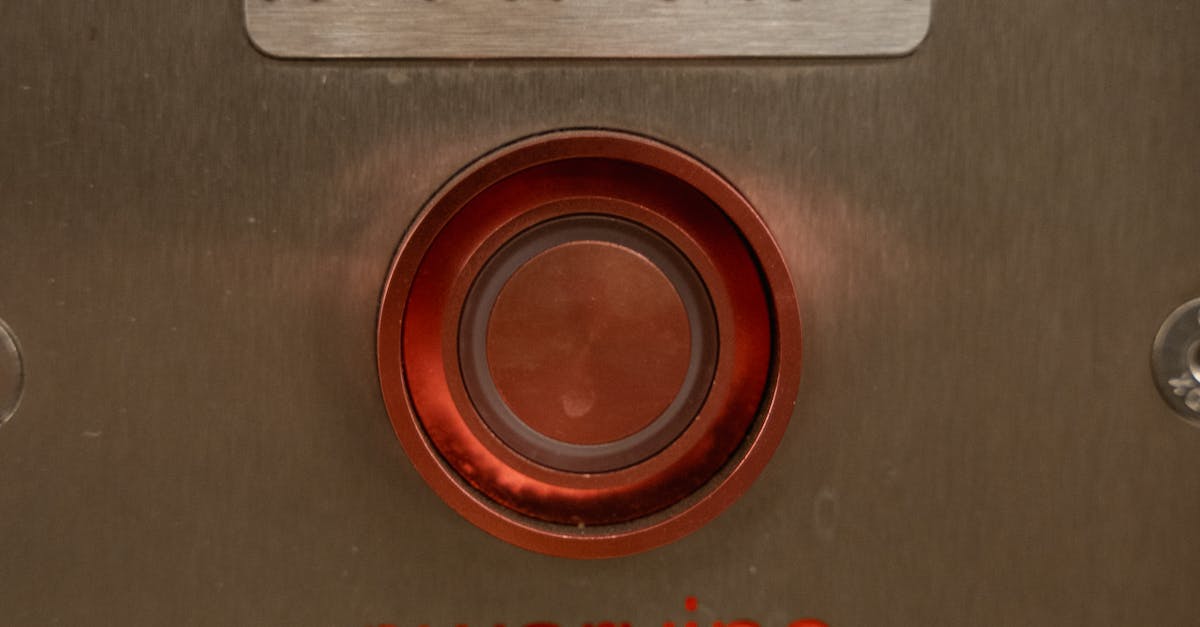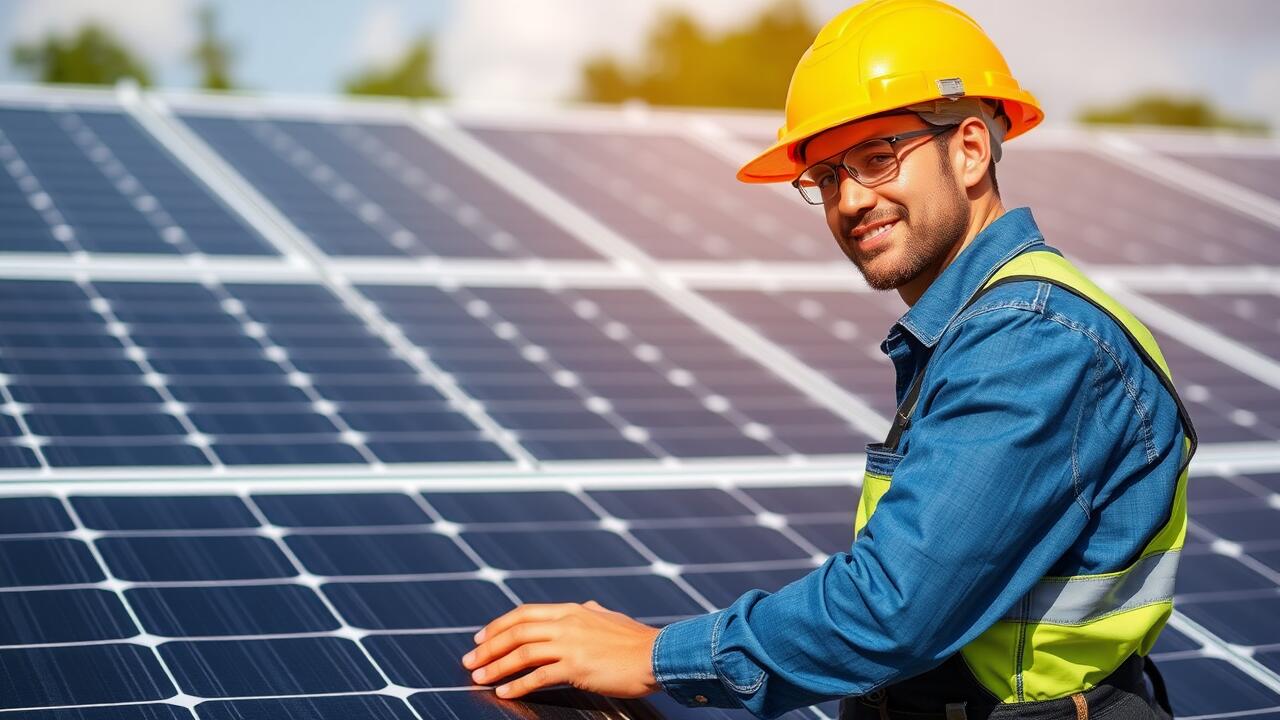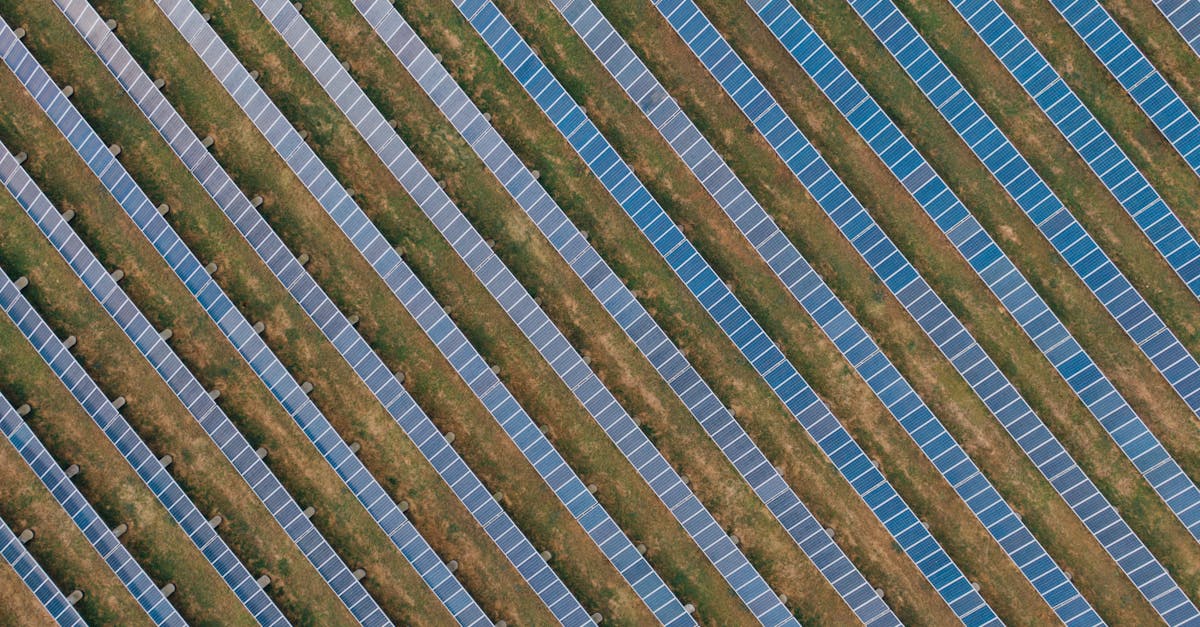
Choosing the Right Location for Installation
Selecting the right location for a solar panel system installation is crucial for maximising its energy output. A site that receives ample sunlight throughout the day will enhance the efficiency of the solar panels. Consideration should be given to factors such as shading from trees, buildings, or other obstructions that may block sunlight. South-facing rooftops typically provide the best conditions for solar energy capture in the Northern Hemisphere. The angle and orientation of the panels also play a significant role in the overall performance and can be optimised during the solar panel system design phase.
Additionally, the local climate can significantly influence solar energy production. Regions with more sunny days naturally provide greater potential for electricity generation compared to cloudier areas. Before proceeding with installation, it is advisable to assess the historical weather patterns, as this will inform the anticipated energy yield. The solar panel system design should consider the unique aspects of the location to ensure that the investment yields the best possible return in energy savings.
Factors Affecting Solar Efficiency
The efficiency of a solar panel system is influenced by various factors, primarily the angle and orientation of the panels. Proper positioning can significantly enhance sunlight exposure throughout the day. Optimally tilted panels capture more sunlight, thereby increasing energy production. Similarly, the direction in which the panels face plays a crucial role. South-facing installations typically receive the most sunlight in the northern hemisphere, maximising the potential energy output.
In addition to orientation, shading is another critical factor affecting solar efficiency. Overhanging trees, nearby buildings, or even dirt and debris on the panels can obstruct sunlight and reduce energy generation. It is essential to conduct a thorough site assessment during the solar panel system design phase to identify and mitigate potential shading issues. Doing so ensures that the system functions at its best, contributing to a more reliable energy supply.
Potential Challenges and Limitations
Installing a 5000 watt solar system can present several challenges and limitations that potential users should consider. Variability in sunlight due to geographic location, seasonal changes, and local weather conditions can significantly impact the system’s efficiency. Additionally, shading from trees, buildings, or other obstructions can reduce the amount of direct sunlight reaching the solar panels, which may hinder performance. Careful Solar Panel System Design is essential to minimise these challenges and optimise energy capture for consistent power generation.
Another important factor to consider is the initial investment and ongoing costs associated with solar energy systems. While long-term savings on electricity bills can be substantial, the upfront expenses can be a barrier for some homeowners. Maintenance is necessary to ensure that the system functions effectively, and repairs may be required over time. Therefore, a comprehensive understanding of the potential challenges, coupled with a well-thought-out Solar Panel System Design, can help users make informed decisions about the viability and sustainability of solar energy for their needs.
Addressing Common Obstacles
When installing a solar panel system, one common obstacle is limited space, particularly in urban environments. Homeowners may find that rooftop areas are obstructed by chimneys, vents, or nearby buildings, which can hinder solar panel placement. To address this challenge, a thorough solar panel system design should incorporate the specific layout of the property. This includes assessing potential shading impacts throughout the day and considering alternative installation options, such as ground-mounted systems or solar carports that maximise available space and sunlight exposure.
Another obstacle is the initial investment cost associated with solar panel systems. While long-term savings on energy bills can be substantial, the upfront expenses may deter potential users. Financial incentives, including government grants and tax rebates, can alleviate some of this burden. A well-considered solar panel system design will factor in available financing options, helping to make installation more accessible. Moreover, highlighting the potential for increased property value can further encourage homeowners to invest in renewable energy solutions.
Maintenance and Care for Your Solar System
Regular maintenance is crucial to ensure the longevity and efficiency of your solar panel system design. Cleaning the panels periodically to remove dust, debris, and other obstructions can significantly enhance their performance. It is also advisable to check for any signs of wear or damage to the panels and the inverter. This proactive approach can help identify potential issues before they escalate, ensuring the system continues to operate at an optimal level.
In addition to physical inspections, monitoring the energy output regularly can provide insight into the system's health. Comparing the actual production with expected performance metrics can highlight any discrepancies that may require attention. Incorporating these practices into your routine maintenance schedule allows for timely interventions, preserving the system's effectiveness and helping to maximise your investment over the years.
Ensuring Optimal Performance Over Time
Regular maintenance plays a crucial role in ensuring optimal performance of a solar panel system design. Keeping the panels clean helps to maximise sunlight absorption, as dust and debris can significantly reduce efficiency. Periodically inspecting the system for any signs of wear and tear is essential. Components such as inverters and batteries should be checked to ensure they are functioning correctly. Scheduled maintenance can help catch potential issues early before they develop into more significant problems.
Monitoring energy output also contributes to maintaining an efficient solar panel system design. Utilising monitoring tools allows homeowners to track performance in real-time, identifying any discrepancies that may indicate malfunctions. By comparing current output to historical data, users can spot trends that might suggest the need for maintenance or adjustments. This proactive approach helps to ensure that the system continues to operate at peak efficiency, providing maximum energy production throughout its lifespan.
FAQS
What appliances can a 5000 watt solar system run?
A 5000 watt solar system can power a variety of appliances, including refrigerators, washing machines, microwaves, televisions, and lights. The exact load will depend on the wattage of each appliance and the total usage at any given time.
How many kilowatt-hours can a 5000 watt solar system generate per day?
A 5000 watt solar system can generate approximately 20 to 30 kilowatt-hours (kWh) per day, depending on factors such as location, weather conditions, and the angle of the solar panels.
Is a 5000 watt solar system suitable for a whole house?
Whether a 5000 watt solar system can power an entire house depends on the size of the home and its energy consumption. For an average household, it may cover most essential appliances but might not fully support high-demand devices like electric heaters or air conditioning.
Can I expand my solar system if I need more power in the future?
Yes, many solar systems are designed to be expandable. You can add more panels or batteries later to increase your system's capacity, provided that the inverter and other components can handle the additional load.
What factors should I consider when planning to install a 5000 watt solar system?
When planning to install a 5000 watt solar system, consider factors such as your location's sunlight availability, the angle and orientation of your roof, shading from trees or buildings, and local regulations or incentives for solar energy.


